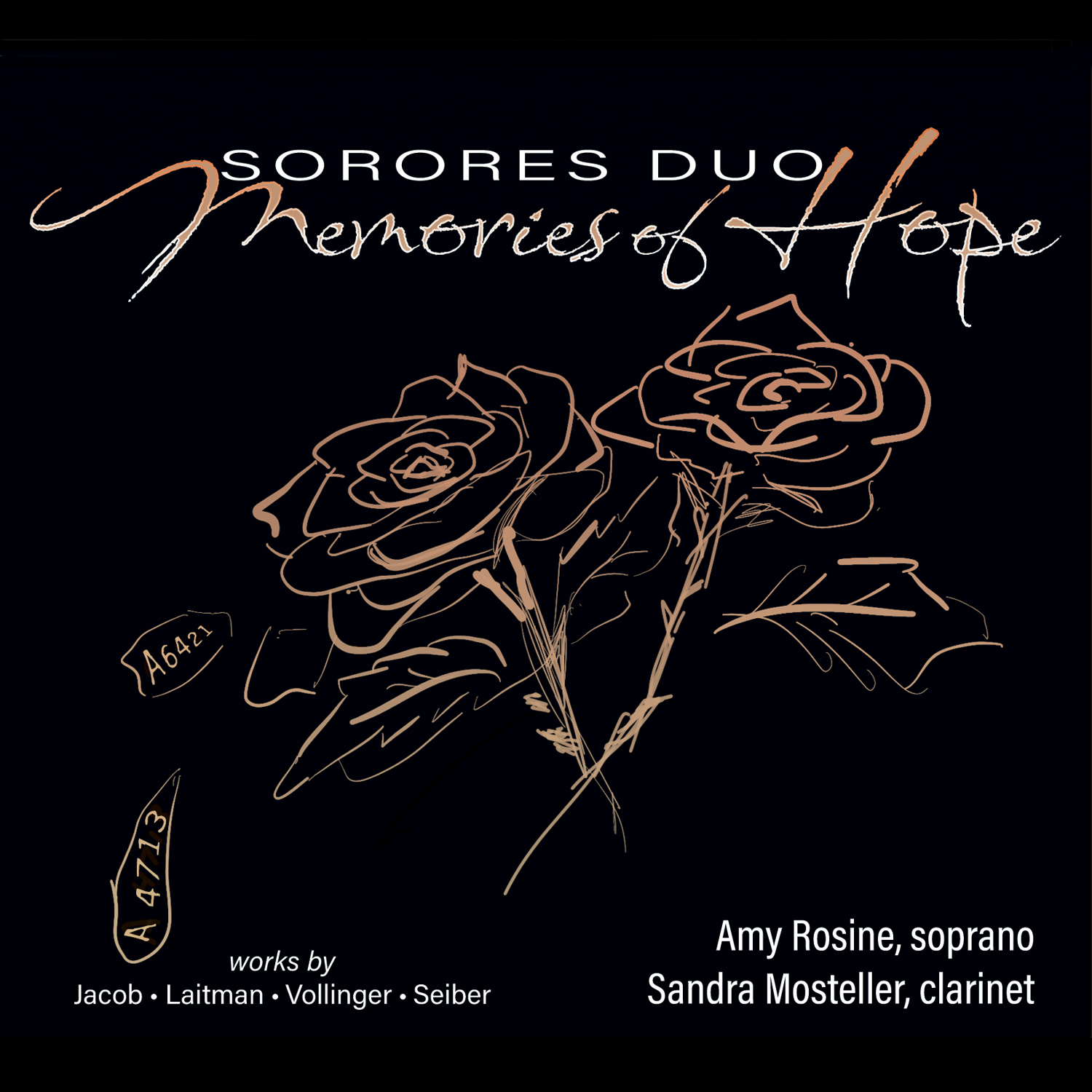Gordon Jacob’s Three Songs use text from the English Book of Verse. Of All the Birds that I Do Know, by John Bartlett, is a playful song about "Philip my sparrow." In contrast, Jacob sets Flow My Tears (John Dowland) in emotional dissonances as the “night blackbird sings.” The music uses beautiful word painting, providing a palette of light and darkness of life. Ho, Who Comes Here? (Thomas Morley) joyously expresses the happiness of the piper in a light contrapuntal dance of chirping and chattering.
Hungarian Jew Mátyás Seiber drew Drei Morgensternlieder from English literary nonsense poetry of Christian Morgenstern (1871-1914). Das Trichter (The tunnel) visually and verbally depicts a tunnel of light in the evening. Das Knie (The Knee) is a whimsical song about “just a knee, that’s all.” The final piece, Nasobem (The Nose) even inspired the creation of a fictitious character “Rhinogradentia," a subject of a mock-scientific book.
Laitman’s I Never Saw Another Butterfly was inspired by a collection of poetry and art produced by children who lived in Holocaust concentration camps. Pavel Friedman’s (1921-1944) poem, I never saw another butterfly…, describes her experience at Terezin, and her search for beauty through “dandelions” and “…white branches.” But alas, “Butterflies don’t live in here.” Laitman’s haunting melodies echo both the beauty and the starkness of the holocaust.
Yes, That’s the Way Things Are by Koleba (Košek (1932-1944), Lőwy (1933-1944), Bachner (b. 1931) tells of a toothless, long bearded old man sitting in a “so-called park.” The soprano humorously/dramatically provides antics of the story while the clarinet moans and cackles appropriately.
In Birdsong (Ella Wollsteinerova), a flowing dance is heard as the poet tearfully sighs and dreams of life’s beauty, forgotten in this harsh world. The clarinet’s mournful ostinato in The Garden accompanies the story of a beautiful flower and a boy. Sadly, the flower’s bloom will outlive the boy.
Man Proposes, God Disposes (Koleba) tells of a rich man who is now “poor soul.” Interplay between voice and clarinet gives a playful yet ironic twist. In The Old House, the clarinet drones as the soprano sings of a deserted house, its past life, and the waste as it “rots in silence.”
Vollinger’s Child in the Hole is a dramatic portrayal of the true story of a Holocaust survivor, a child who was hidden in a hole until World War I ended. The soprano takes the persona of the child telling his story, his thoughts, memories, fears, and hopes. The clarinet creates a backdrop of moods-mysterious, scary, playful, ugly, terrifying, and joyous. References wil be made regarding the survivor, and the conditions he experienced during this horrorfying event.



